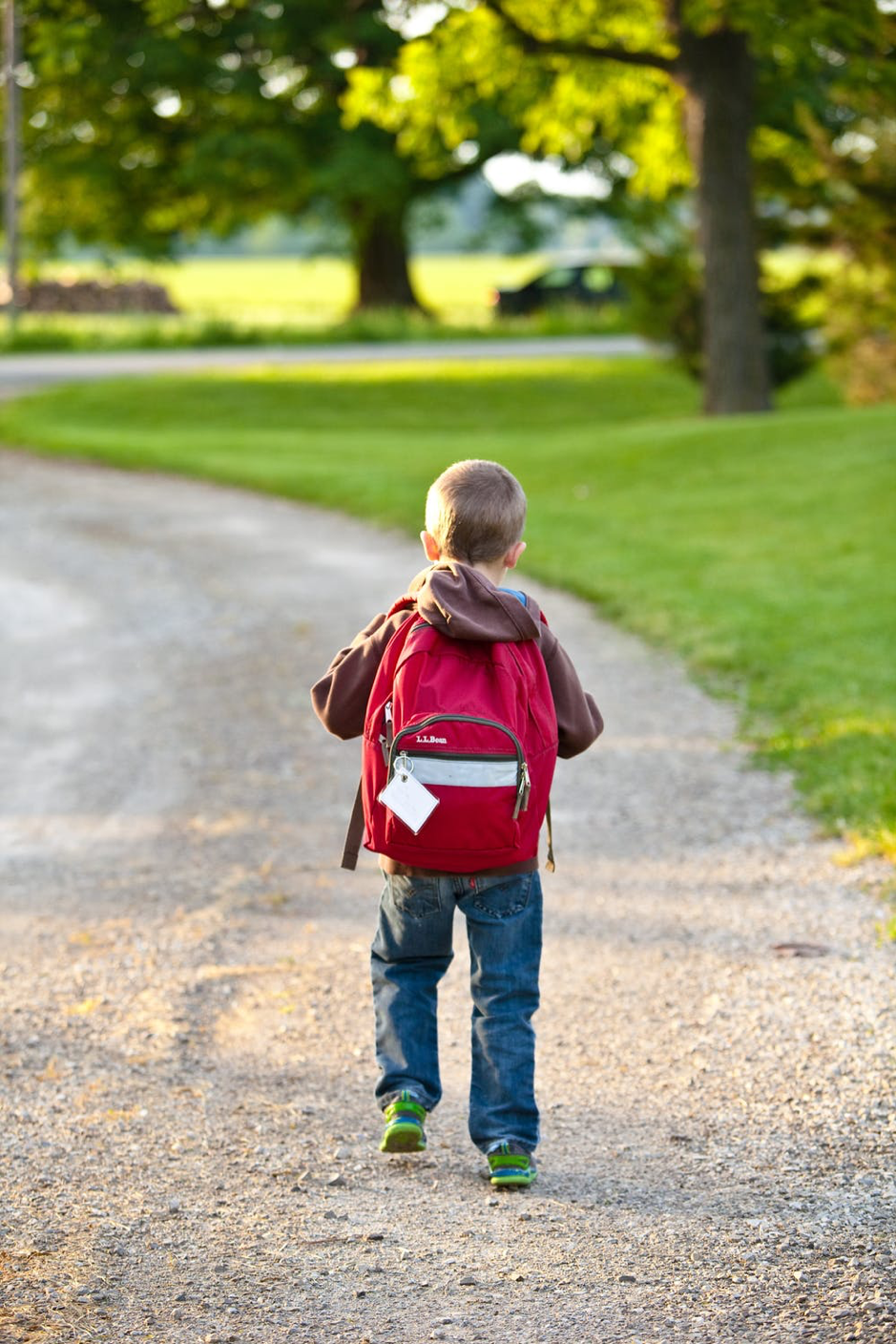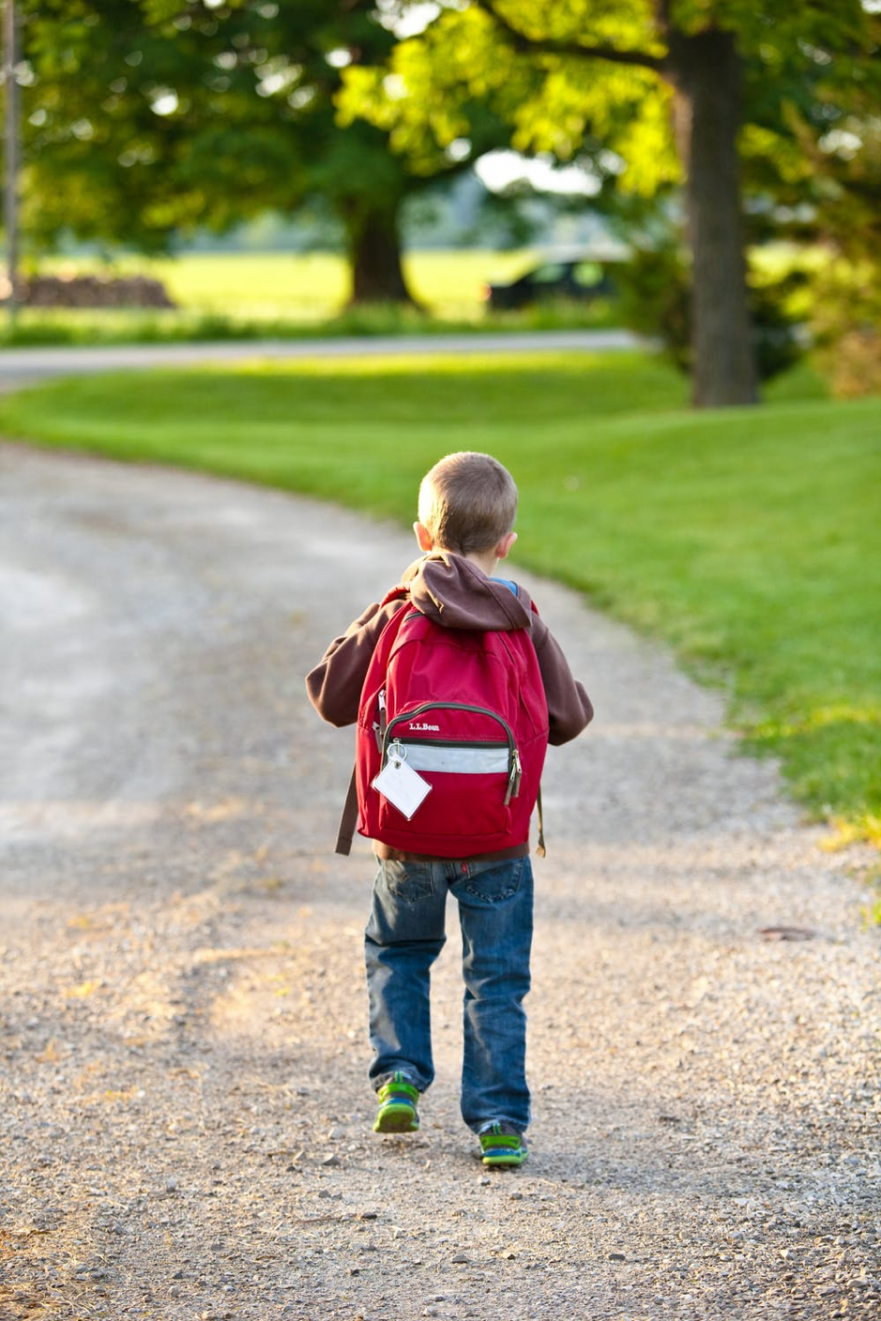How to manage a phased re-opening during COVID-19: Webinar summary by Yashna Smart

Last week, I attended a webinar hosted by HCR Law, in which they discussed the issues around the possibility of staff and pupils returning to school in June. Of course, the majority of schools have been open throughout the lockdown period for vulnerable children and children of key workers, with parents/carers of these children being encouraged to keep them at home if they could. The DfE is now encouraging all eligible children to be sent to school and has released guidance to support staff to deliver this approach in the safest way possible. This includes children in nursery, reception, year 1 and year 6 in primary schools, with year 10 and 12 children who are taking exams next year expected receive face-to-face support before the summer term ends.
A phased return means that schools should have the opportunity to put the appropriate measures in place before pupils return. However, every school is different, and it is important to consider the individual school’s risk assessments and other relevant factors such as the rate of infection in the local area when considering how and when to re-open. Whilst the DfE’s approach is guidance only and will not apply to all schools, for the majority the gradual return of pupils is most likely the safest way to re-open and to ensure the learning needs of these pupils are being met. The webinar took into account several factors of re-opening schools and these are summarised below:
Health and Safety
Schools, as employers, have a duty to ensure that it is safe for their staff to return to work and must take reasonable steps towards this. The first way in which they can do this is by following the government’s guidelines. Schools will need to carry out or refresh their risk assessments to ensure they directly address the risks associated with COVID-19. These will need to be recorded in writing and kept under review.
Communication will be key, and it is vital that schools are open and transparent about the plans they are putting in place with staff, parents and pupils and visitors. All of these groups should be made aware of the policy not to enter the education setting if they are displaying any symptoms of COVID-19, and it should be made clear to parents/carers not to gather at entrance gates or collect pupils in groups. Staff should communicate early with contractors and suppliers that will need to prepare to support plans for opening, for example cleaning, catering and hygiene suppliers.

Within the classroom, groupings should be no larger than 15, and kept as small as possible whilst maintaining space between seats and desks. The timetable may need to be refreshed and teachers should consider which lessons or classroom activities could take place outdoors. Assembly groups, break times and drop-off and collection times should all be staggered to minimise risk of spreading the virus. Unnecessary items should be removed from classrooms and other learning environments where there is space to store it elsewhere, as should soft furnishings, soft toys and toys that are hard to clean. To protect staff, staff areas should be limited to a ensure there is space to safely social distance.
Staffing Issues
It is likely that with a reduced number of children attending school, the full workforce will not need to return at the same time. If the school has not done so already, it may be necessary to send out a letter to parents/carers to ascertain how many children may be returning in June, so that senior staff can plan the phased return of staff appropriately. Some members of staff may need to return before the school re-opens and may need to consider a combination of online and in-class teaching to manage the re-opening phase. Schools should make sure they have appropriate staff in school to meet safeguarding needs in the first instance, which may include Designated Safeguarding Leads, the leadership team and trained first aiders.
The guidance suggests that staff should consistently teach the same group of children to minimise contact as much as possible. If the school or college has specialist staff teaching particular subjects, this will need to be considered as part of the school’s risk assessment and a decision made as to whether it is appropriate.
"The guidance suggests that staff should consistently teach the same group of children to minimise contact as much as possible."
If staff are in the extremely vulnerable category, they should not work outside the home and may not be able to return in June. Schools will need to respect this and identify these members of staff early on. There may be tasks these members of staff can complete remotely to assist with the phased re-opening, such as lesson planning or remote teaching for pupils who are yet to return. If members of staff have vulnerable family members at home, schools may need to consider the option of allowing remote working, furloughing staff, or allowing staff to take annual or dependent leave.
Senior staff should also consider how to support staff with their own childcare responsibilities or caring duties, who may require flexible working hours in order to return in June. Schools should have a flexible working policy and should adhere to this as a lack of consistency could constitute discrimination, for example of the grounds of age or disability. Temporarily agreeing flexible working with staff may also be an option.

All conversations with staff should be documented, including the rationale behind the actions being taken, and senior staff should aim to seek a mutual agreeable way forward. Although teaching unions have encouraged their members not to engage in conversations about the return to work, HCR point out that this could be unhelpful in the long run and that being transparent with staff and ensuring they know what protective measures are being put in place may answer concerns they have and reassure them. Of course, schools should be conscious of the wellbeing of all staff at this difficult time, including that of senior leaders, and should issue a reminder of the support available to staff before the return to work.
Strategic Workforce Planning

If workload is reduced due to the reduced numbers of pupils in school, cost saving measures may need to be put in place. From the start of August, furloughed workers will be able to return to work part-time, and full details on this are expected to be released at the end of May. It may also be possible for schools to furlough staff in July and August; however, they will need to what is written in the furlough correspondence they sent out to staff. Schools could also consider reducing costs without reducing headcount, by redeploying staff to different areas of the school or considering flexibile hours.
If schools need to reduce costs further, they are likely to have to consider redundancies. Depending on the number of staff being considered for redundancy, this may trigger collective consultation requirements.
Consultation must start in good time to allow the relevant discussion to take place, and school should remember that if this process is not carried out properly there may be penalties put in place. Schools will need to have contractual notice periods in place and ensure that they have not missed the deadline for this for September.
Education Issues
While the suggested year groups for primaries opening are Reception, year 1 and year 6, schools can open for other year groups, though this is not recommended. This may be appropriate for certain schools where transition takes place in a different year group, but reasons for this will need to be justified for parents and schools should expect negative backlash and PR issues if this takes place without good reason. Again, schools should follow the guidance and do what is indicated by their risk assessment.
For pupils with SEND, separate guidance was issued by the DfE which still applies until the end of May, and LAs must work with schools, families, and the young person to decide where their needs are best met. If a pupil with SEND is already in school as a vulnerable pupil or child of a keyworker, schools may need to repeat their risk assessment to allow for the fact that more pupils will now be in school.
At this present time, a mix of remote learning and in-class learning, considering the needs of those who are unable or unwilling to come in, may be the most appropriate way to begin a phased re-opening. It is important to consider that teaching will need to be adapted to fit the needs of individual cohorts, and that it will not be possible to deliver a full curriculum at this time.
Wellbeing During School Closures
Another webinar summary given by Mark Steed, Principal at Kellett British International School in Hong Kong.
Parental Engagement in Schools
Another article from our Junior Consultant Yashna Smart.



